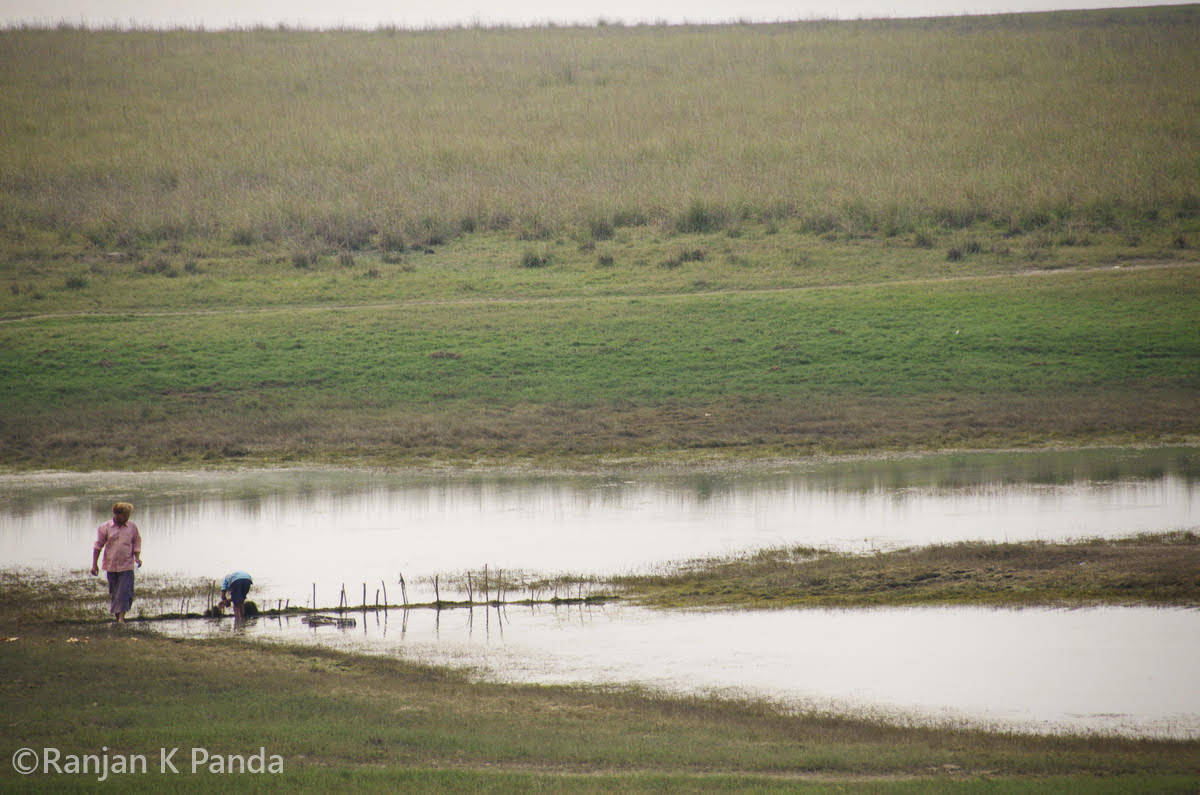Why river linking is a faulty and disastrous idea

In Mahanadi’s case, the deliberate ignorance has been both the trick and driver, for the development plans and the conflicts alike.
 River linking idea cannot float on ignorant waters. Or let me put it this way. In river water management, ignorance is not bliss.
River linking idea cannot float on ignorant waters. Or let me put it this way. In river water management, ignorance is not bliss.
Take the example of Mahanadi river, currently at the epicentre of a political quake. Odisha complains that Chhattisgarh is sucking the river more than its due share and that is going to affect the water availability in the basin downstream.
Not much ago the state marketed this river to be a water surplus one and its top-ranked officials in the water resources department apprehended no trouble even if Chhatisgarh were to construct hundreds of barrages upstream.
Now, if Mahanadi flows unquiet for anything, then it’s for these same barrages.
Time changes, so do assumptions. What does not change is the government statistics. Mahanadi is still a surplus river, statistically.
This is because an assurance of abundant water availability is given to investors in mines, sponge iron factories, aluminium plants and most importantly coal-fired power plants.
Importantly, the statistical play out is a game played by all governments involved.
Convenient it is to roll out ‘water availability’ statistics based on old data sets, and to ignore the most dangerous threat of our times that is ‘climate change’.
Rivers flow, data don’t
In Mahanadi’s case, the deliberate ignorance has been both the trick and driver, for the development plans and the conflicts alike.
The latest data that the central government’s relevant authorities share in public domain, and that are being used to justify the Interlinking of Rivers (ILR) project, are decades old.
We are here talking about only the central government now because there is no comprehensive analysis of the entire basin available at the state levels.
We boast about digital India but when it comes to disclose data of such sensitive issues that affects not only the current generation but future generations, our computations are obsolete.
See this: A report of the basin, published in March 2014 gives 2001 population figures of the basin, 1990 statistics of ground water utilisation and land use/ land cover (LULC) statistics of 2005-2006.
Most importantly, it prefers to give rainfall trend data for a thirty four year period from 1971 to 2004 and argues that there is a positive trend towards an increase of about 100 mm of rainfall since 1971.
However, looking at the comparison of average rainfall of all these thirty four years against the mean annual rainfall, as many as 18 years fell short of reaching to that mark. This figure the report conveniently ignores.
Fatal errors
Without making any analysis of comprehensive data sets taking into consideration changes in land and water use, recharging potential and most importanly climate change impacts, this report makes a flat recommendation that the basin is a water surplus one.
This is exposed from the latest study by a team of researchers from IIT Madras and IIT Bombay that has proven, with real statistics and scientific analysis, that Mahanadi’s water yield has decreased by a huge 10% in recent years owing to a significant decrease in rainfall over the basin.
The study titled, “Indian Summer Monsoon Rainfall: Implications of Contrasting Trends in the Spatial Variability of Means and Extremes” by Prof. Subimal Ghosh of IIT Bombay and team tells us that the decrease in yield in Mahanadi is highest in the country along with another river.
The study has found out that the water yields of major surplus basins, such as Mahanadi and Godavari have exhibited decreases in recent periods. The water yields show decreases of more than10% for the Mahanadi.
The findings of the study say that the decrease in the monsoon rainfall in the surplus river basins, which are majorly present in the core Indian monsoon zone, may be due to the drying of rainfall in these regions during recent decades.
The monsoon over Indian region is typically associated with a strengthened cyclonic circulation, with the moisture flux converging over this region.
However, when the changes in mean vertically integrated moisture flux (VIMF) and wind patterns are analyzed an anticyclonic circulation leading to divergence in VIMF was found, especially in the central part of India, along with convergence in the Gangetic plains.
Hence, this could be the reason for which the major surplus basins have a decreasing rainfall trend.
No surplus river
This study should open eyes of our policy makers to the ‘cooked’ reports their institutions have been producing to suit political priorities rather than considering the real scenarios that affect our river basins.
While one cannot say for sure whether real statistics about the basin’s deficit would have stopped the ongoing political battles around the river, the role of the technical institutions such as the Central Water Commission(CWC) would not have been under doubt.
Ask an ecologist and he will tell you that no river is a ‘surplus’ river in Mother Nature’s scheme of things. Linking of rivers is not a feasible idea at all.
However, politicians have their own constraints of listening to engineers who are fond of tempering with river systems without considering ecological carrying capacities.
I just wish all of these people listen to scientific studies at least. The IIT study proves, in more than solid words, river linking is a faulty and disastrous idea.

(Ranjan Panda is an Indian environmentalist, water and climate change expert.Views expressed are personal).












































